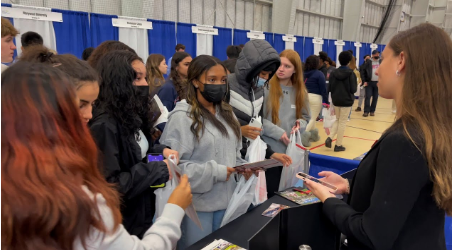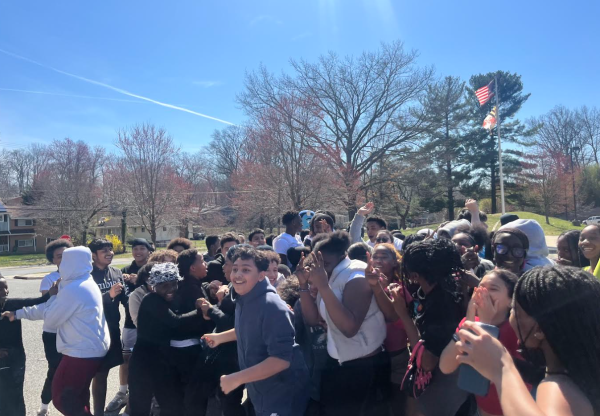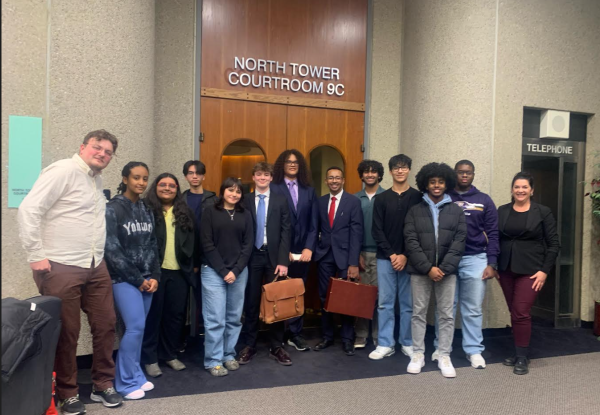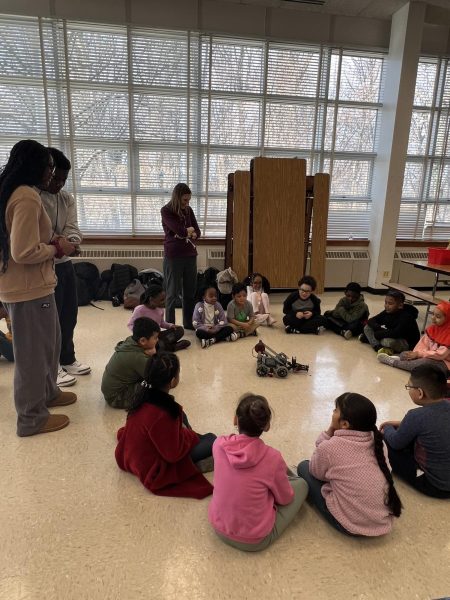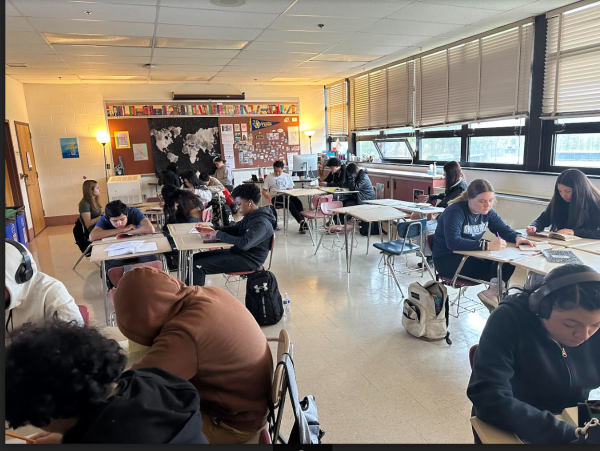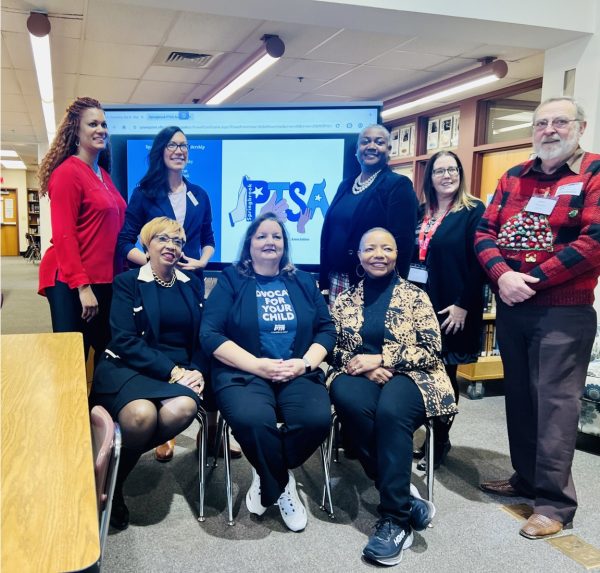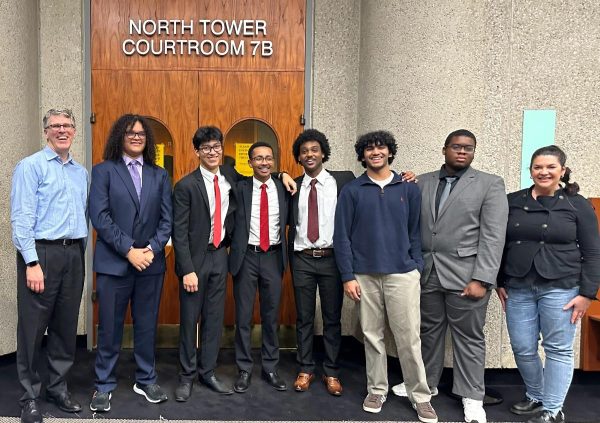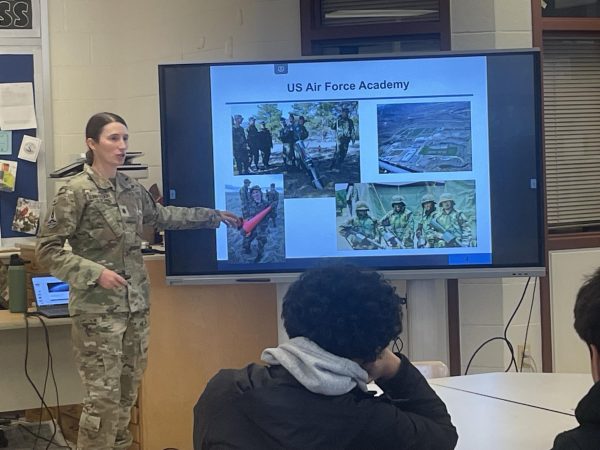Better Plan for Academic Success: Part One
As a part of a new series, this is “A Tale of Two Montgomerys”, Springbrook alumnus Michael Robinson’s take on what caused the discrepancy in performance throughout MCPS.
As I prepare to graduate from Yale University this spring, there is one peculiar thing that has stood out to me during my time here. Whenever I talk to my fellow graduates from Montgomery County Public Schools, there seem to be two competing views of what the school system is.
Some of my peers have described MCPS as comparable, if not better, to a private school education. I have heard these students talk about how their schools are full of resources, happy teachers, eager students, and an engaged community. Many of these same individuals attended the renowned “W” schools, such as Whitman or Winston Churchill, on the wealthier side of Montgomery County or the magnet program at Blair High School.
My experience with Montgomery County Schools has been, to say the least, slightly different. MCPS gave me the platform and the school environment, coming from a lower socioeconomic background, to have the credentials to get into a college like Yale. But for too many of my similar classmates at Springbrook High School and schools like it, this has not been the case.
Whereas some schools have test scores outpacing the national average, Springbrook struggles to meet these numbers. Whereas some schools have state-of-the-art facilities, my school seemed to be the last to get needed funds for facilities. Whereas some schools in MCPS seek to groom their students into the leaders of tomorrow, others have accepted what one MCPS employee in the Northeast Consortium described to me as the “Baltimorization” of certain schools. One need only revisit the problematic Washington Post article on the Springbrook football program (of which I was a two-year varsity starter) and its acceptance of the use of the ‘n-word’ to understand this point.
In short, many have accepted that the issues at high-needs schools, both academic and behavioral, are unsolvable.
These two opposing viewpoints are both very accurate. For some students in MCPS, schools offer a world-class education, a path for social mobility, or a way to succeed in life. But for other students, the schools are failing to educate them and to aid their success in life. For some, the schools reinforce socioeconomic and racial statistical predictions that they will fail.
How can citizens of our county accept these Two Montgomerys? The business of our schools is to supply educated and prepared students, regardless of race, income, or where they came from. As a first-generation Black American from a low socioeconomic background, I stand in the achievement gap between black and Latino and white and Asian students, and between the rich and the poor. And as this gap grows, my future – the county’s future – is at risk.
There has been much work on the achievement gap, but when is this problem actually going to be solved? Some may say that this is a matter of parents and student personal responsibility. They will point to my academic success and others like me as vindication of their viewpoint. But if one accepts that students from different races or economic statuses were born equal, there can be no disagreement that imbalances in academic achievement are caused by factors outside the individual.
Therefore, it is incumbent on the schools and our public officials to do more to remove these academic barriers—to remove skin color and residential areas as helpful predictors of whether you will pass an AP test, go to college, or simply graduate from high school.
Even if these matters do not invoke you to demand change and bold action, one must consider the economic outcome. If we fail to fix some of the problems in the ‘other’ MCPS, those problems will ripple into other parts of the county. House values may plummet, county budgets may unnecessarily skyrocket causing cuts in other programs, and the whole county may feel the effect. One way or another, these Two Montgomerys will become one.
There are two paths before us. One involves the continued failure of our school system to deal with the economic imperative of doing more for our underserved schools and communities, bringing the whole county down. The other path involves bold action by our system’s leaders and community members to deal with our difficult problems. We need to bring our underserved schools up to par with the entire system and accept nothing less. If MCPS employees, from the school level to the Board of Education level cannot deliver this, we must instate those that can.
The educational experience for a rich white child at Churchill High School should be no different than the experience for a poor black or Latino child at Springbrook High School. If we achieve this, then maybe, when kids from these schools convene at a college like Yale they will no longer tell a tale of Two Montgomerys, but One Montgomery.

